Top 10 Must-Visit Parks in Washington State
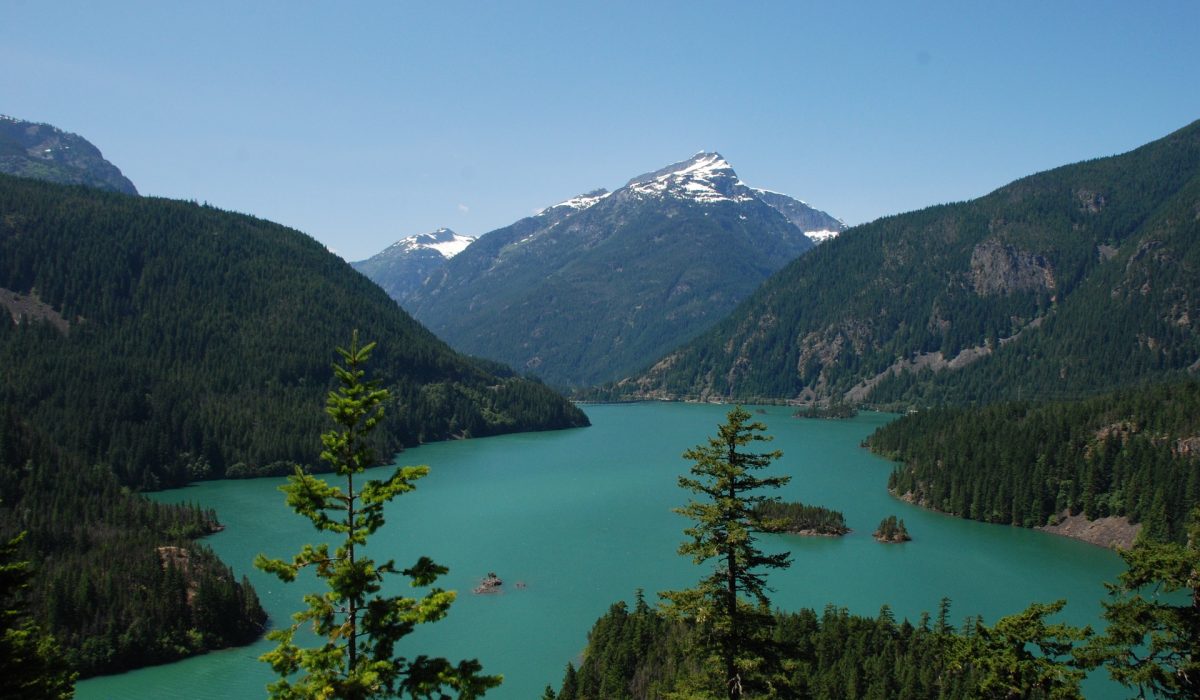
Washington State is surrounded by snow-capped mountain ridges that lead to lakes, rivers, and the ocean. Some of these beautiful mountains even make it to the list of best natural wonders in North America. With this, you can expect that the state also boasts a lavish ecosystem that allows visitors to enjoy any national parks and state parks in Washington regardless of the season.
If you ever plan to visit any of the parks in Washington State, don’t forget to get the ultimate pass, called America the Beautiful Pass, which will let you save a lot in camping fees and rentals.
Best time to visit
Choosing the best time to visit any national parks and state parks in Washington solely depends on your preference. Since most of the national parks are glacier-capped almost all-year round, you can expect cold weather when visiting these national parks in Washington. So, if you are the type who prefers camping or trekking snowy trails, you can visit the Washington mountains any time.
However, if you want to camp during a warmer season, you may opt to visit during summer. It is also during this season when flowers and trees are in full bloom so you can expect a crowd taking the opportunity to see a more exalting side of the national parks and state parks in Washington.
Lastly, if you want to camp in mild weather, somewhere that is not that warm but also not that cold. We suggest that the best time to visit for you is either during autumn or spring. The weather is tolerable, and it may be less crowded because the students are in school.
Washington National Parks & State Parks
1. Mount Rainier National Park
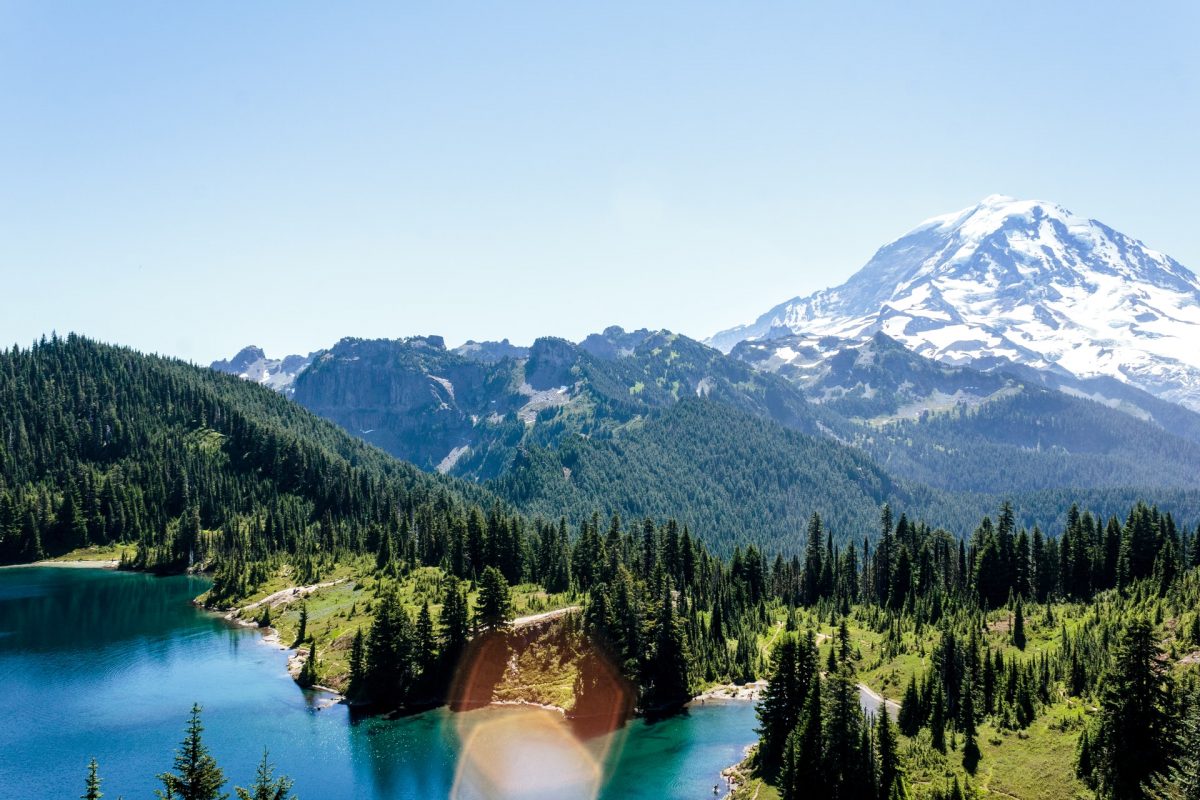
Photo by Joshua Peacock from Unsplash
With a towering height of 14,411 feet above sea level, Mount Rainier National Park is one of the esteemed national parks in Washington state. This glacier-covered active volcano boasts an all-year picture-perfect snow-capped mountain view that attracts many visitors despite causing worry to some scientists.
But this shouldn’t stop you from including Mount Rainier National Park to your itinerary in Washington. You can enter the park for free with the America the Beautiful Pass or you can refer to Mount Rainier’s fees and passes for the entry fee per vehicle or per person.
This national park is also open all throughout the year. But during summer (July to August), a lot of visitors flock to the national park. Not only because it is a bit warmer during this season, but also it is the time when the flowers bloom and cover the grayscale snow-capped mountains with their beauty. If you are visiting during these months, try to visit in the mid-week to avoid the crowd.
With the expansive size of Mount Rainier National Park, you can have the best camping in Washington state here. You can check on the different Mount Rainier National Park campgrounds such as Ohanapecosh (US$20), Cougar Rock (US$20), White River (US$20), and Mowich Lake (self-registration at campground kiosk only) to find out which is the best for you and your family based on the elevation, availability, as well as the amenities. Just remember that you will need a camping permit, which will allow you to stay for 14 days.
2. North Cascades National Park
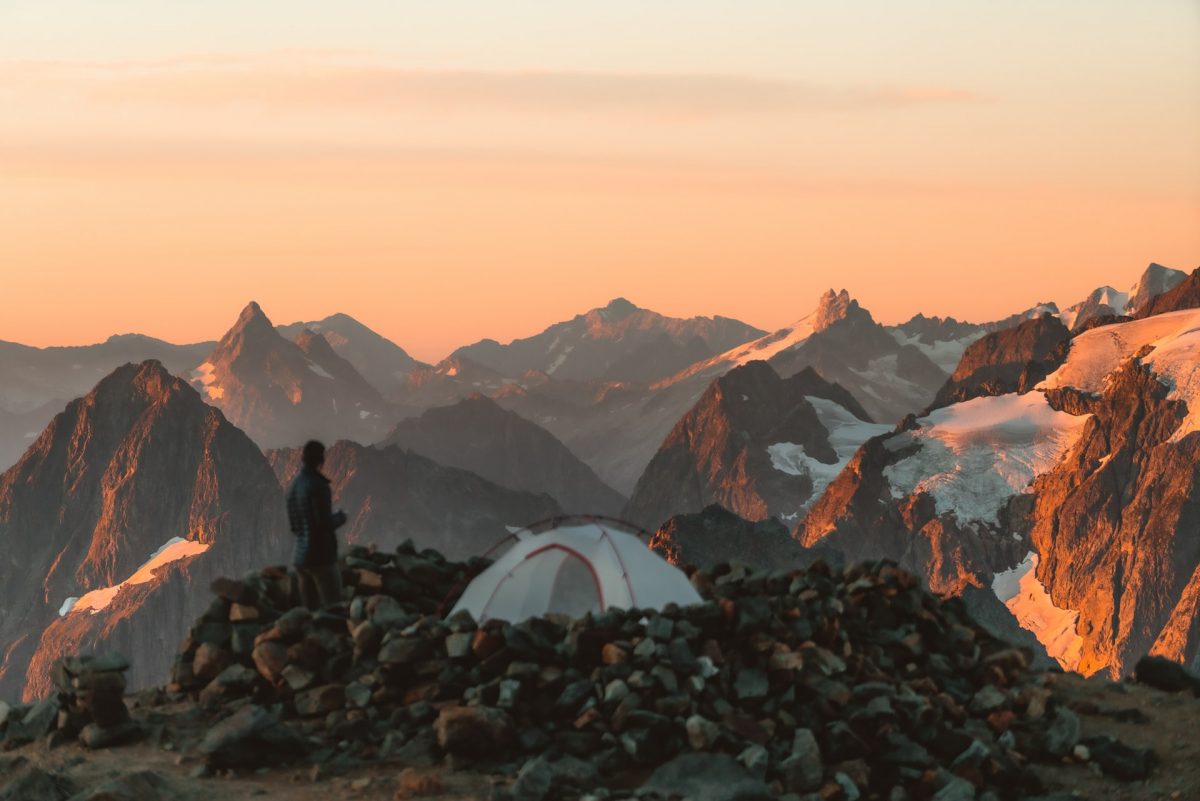
Photo by Alex H. Pflaum from Unsplash
Stretching out in 684 acres of land and consisting of two recreation areas, Ross Lake National Recreation Area and Lake Chelan National Recreation Area, North Cascades National Park is one of the must-visit national parks in Washington. Sometimes this national park is also called American Alps because it has more than 300 glaciers that are more than those in other U.S. parks, except Alaska.
Due to the pandemic, the operating hours of this Washington national park is still unofficial. Currently, only the Methow Valley Ranger District (Winthrop) is open every Monday to Friday from 7:45 AM to 4:30 PM, and they are closed during federal holidays. You can check North Cascades National Park’s schedule every now and then to plan your trip, or you may also contact their office to get a real-time update.
Entering the national park is free, but if you are planning to camp here, you can check the availability with the campsites and book with them. They have various campgrounds that will let you camp with your RV or camping tent.
3. Olympic National Park
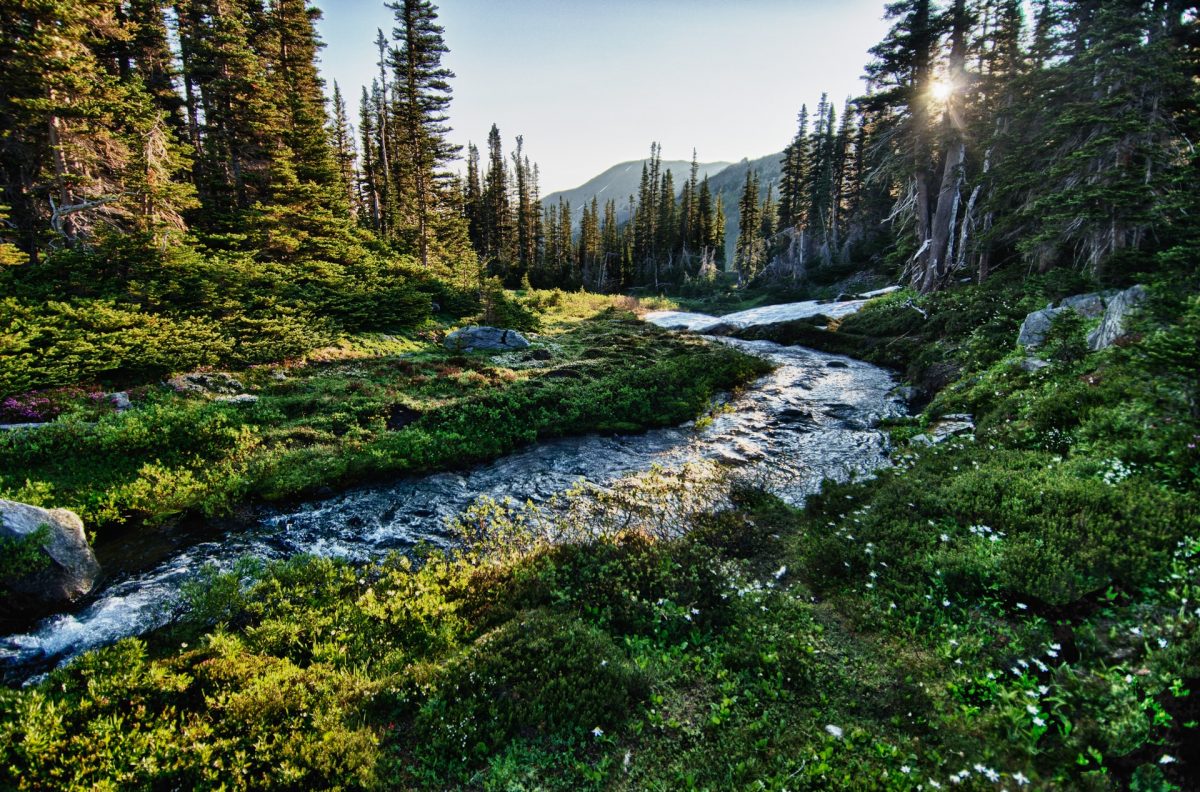
Photo by Jachan DeVol from Unsplash
Covering almost a million-acre in the peninsula of Washington, you will find another must-visit national park in Washington state. Aside from its temperate forest, often damp soil, and rich ecosystem, you can also see mountains covered with glaciers and its monumental Mount Olympus, which will make you realize how diverse this national park is.
Entering the national park costs US$30 per vehicle, and US$15 per person. If you are going to camp or join commercial tours, you can check the Olympic National Park’s website for fee information. The park is open 24 hours and their peak season is from July to September. To avoid crowds you can either visit the national park during mid-week or during their lean season.
4. Deception Pass State Park
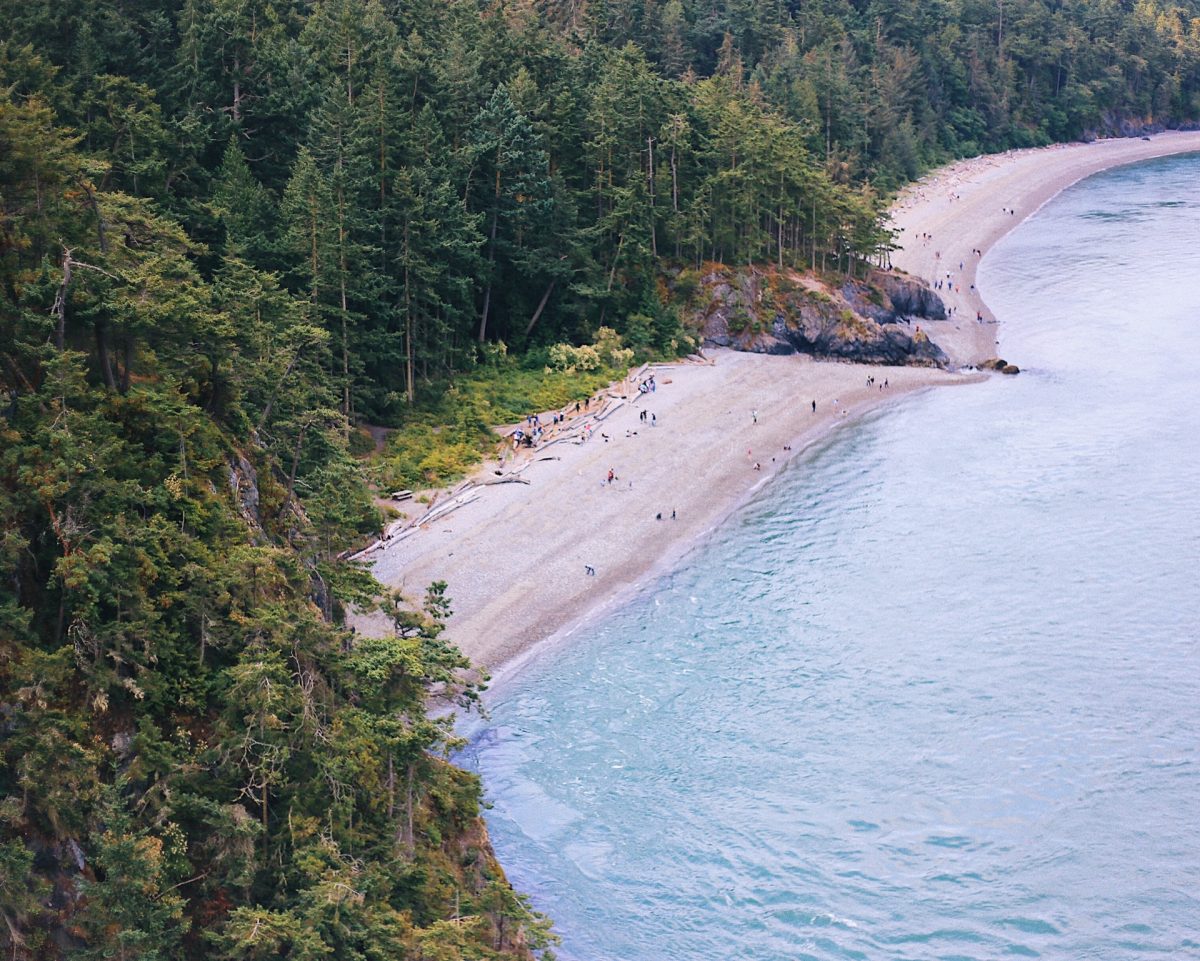
Photo by Taylor Simpson from Unsplash
Encompassing more than 4,000 acres of land, Deception Pass State Park is one of the famous marine state parks in Washington. Whether you want to wade in the freshwaters or pick up shells at the shore, one thing is for sure Deception Pass State Park has a definite breathtaking view.
Deception Pass State Park is open from 6:30 AM to dusk every summer and 8 AM to dusk every winter. You can purchase a Discover Pass online, which you will present to enter the state park. You can get either a Day Pass (US$11.50) or an Annual Pass (US$35), which you can use to enter any state parks in Washington.
If you choose to camp here among the state parks in Washington, you can choose from three campsites, such as Bowman Bay, Quarry Pond, or Cranberry Lake.
The Bowman Bay campsite only has 19 sites yet it’s near the beach, making it one of the most preferred campsites in the area. But in case you aren’t able to book one, you may head to Quarry Pond campsite because it has 60 sites with 53 hookups and seven standard sites, or at Cranberry Campground which has 234 campsites. Just be aware that the Quarry Pond is quite far from the beach but near a rocky pond. Some campsites in Cranberry Campground will not offer a beach view, but only towering trees.
5. Lake Wenatchee State Park
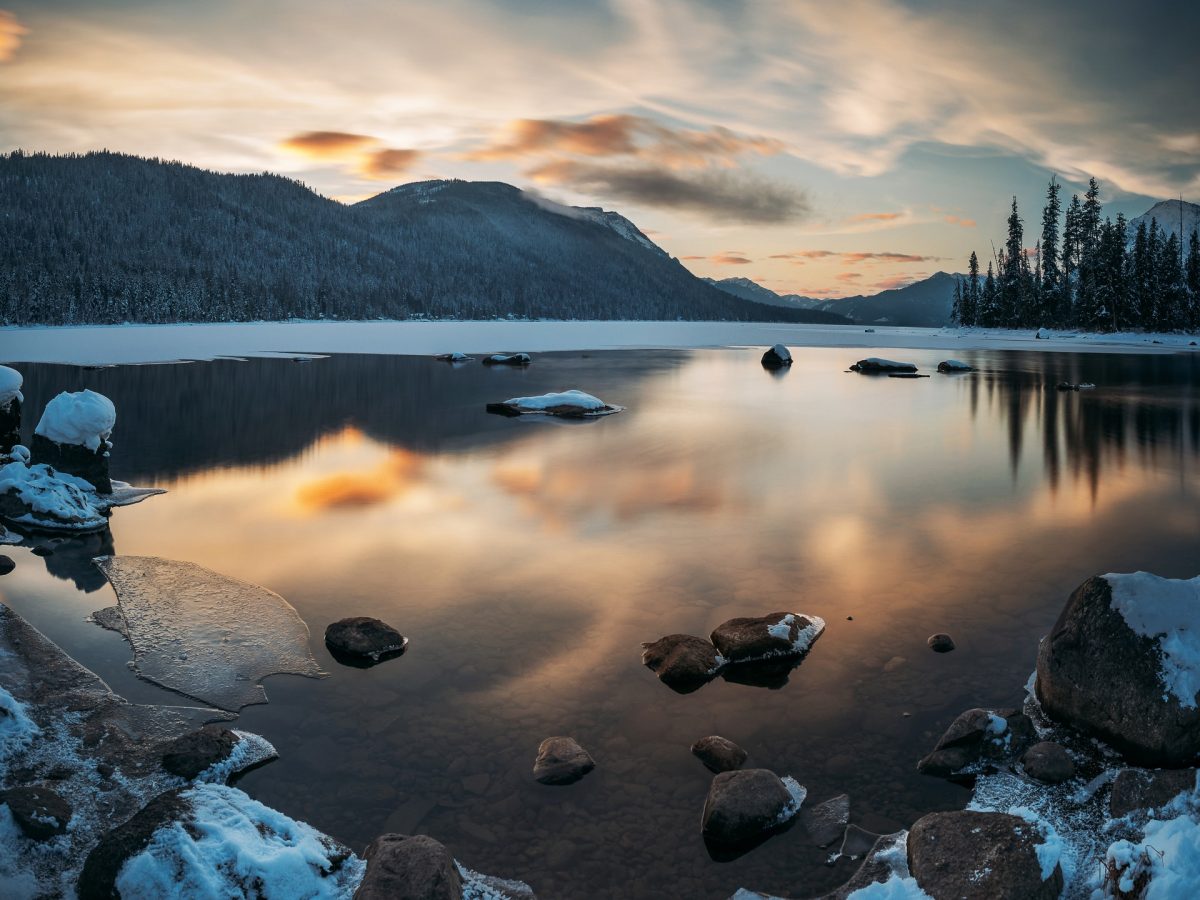
Photo by Anubhav Saxena from Unsplash
Located near the eastern end of Lake Wenatchee, you will find a clear lake that perfectly mirrors the glacier-blanketed mountain peaks. This 492-acre picturesque state park offers you a lot of activities to do, such as climbing the mountains of Cascades Mountain Range, riding a horse in the park, swimming in the 5-mile long lake, or paddling around the lagoon with a stand-up paddleboard. You can also spend a night camping at any of the 155 standard campsites in the park.
Lake Wenatchee National Park is open from 6:30 AM to dusk every summe. However, during winter, the park’s schedule is heavily influenced by snow condition, so make sure to give them a call first before visiting. You can find their contact number on the Lake Wenatchee National Park website. In addition, you can skip the queue by purchasing a Discover Pass online, which you will present to enter the state park. You can get either a Day Pass (US$11.50) or an Annual Pass (US$35) that you can use to enter any state parks in Washington.
6. Palouse Falls State Park
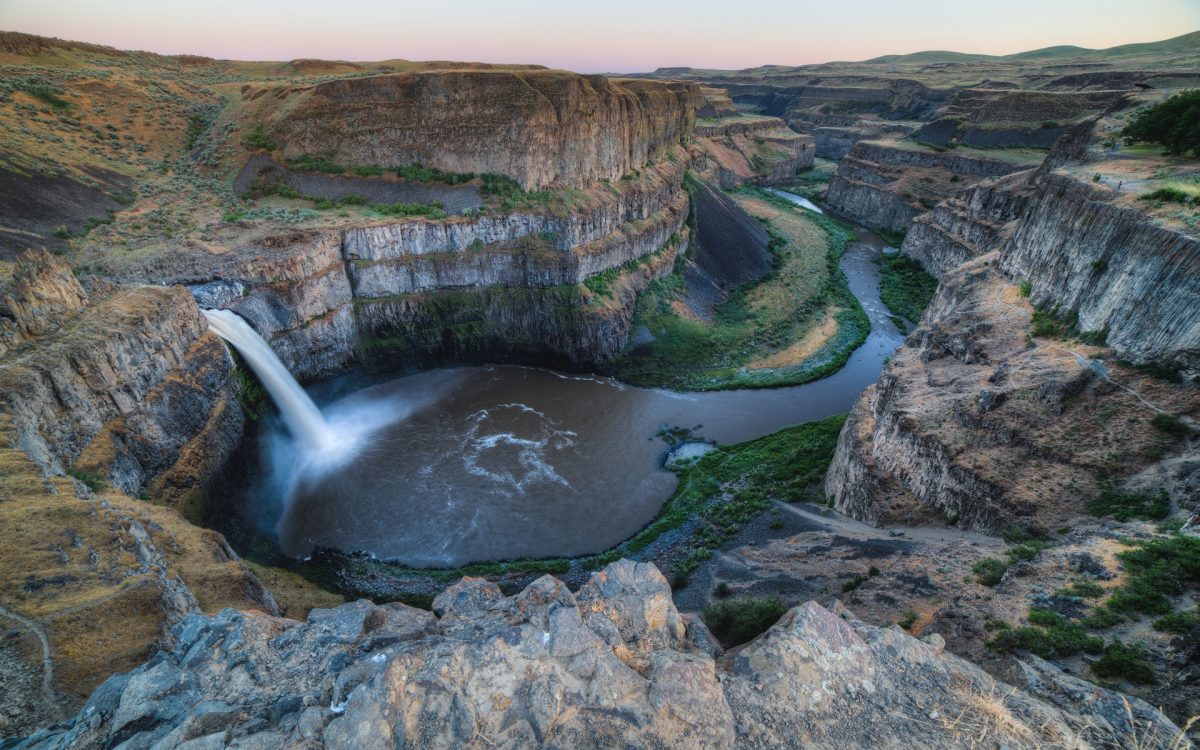
Photo by Dave Hoefler from Unsplash
If you thought the picture-perfect gorge in Palouse Falls State Park is already a stunning view, wait until you see the torrent water gushing out of the gorge and into the Snake River. This magnificent waterfall is only one of the few that are located in the Ice Age flood paths. In fact, in 2014, the Palouse Falls received the title “Washington’s State Waterfall”. When you visit this park, there are three elevations from where you can get an amazing view of the waterfall, but the best elevation is the one located at the highest point, the Fryxell Overlook. Here you will get an unobstructed view of this magnificent fall.
You can visit the Palouse Falls State Park from 6:30 AM to dusk every summer and 8 AM to dusk every winter. Get a Discover Pass online which you will present to enter the state park. This can be either a Day Pass (US$11.50) or an Annual Pass (US$35), which you can use to enter any state parks in Washington.
7. Ginkgo Petrified Forest State Park
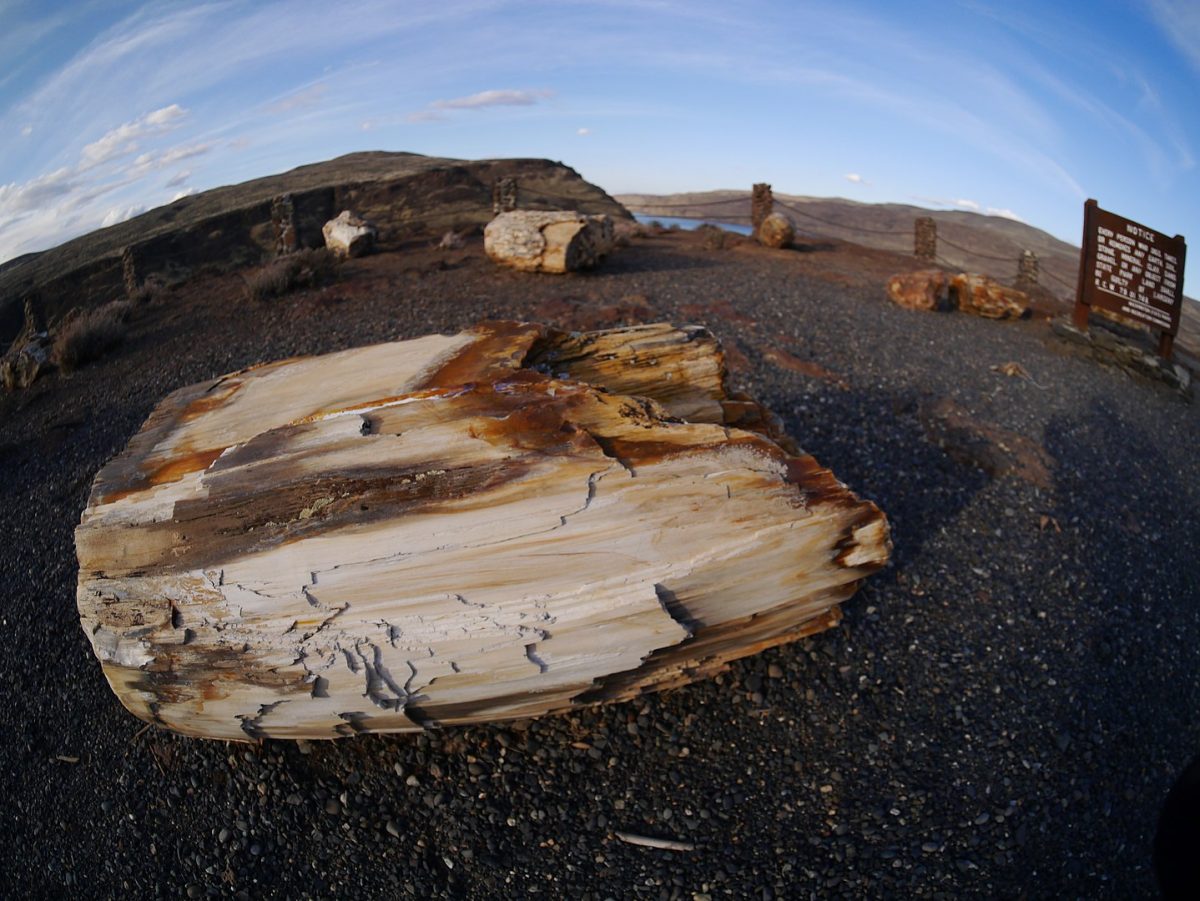
Photo by Thayne Tuason from Wikimedia Commons
One of Washington State’s fossil forests, Ginkgo Petrified Forest State Park is home to a sporadic type of petrified wood from a Ginkgo tree. In this forest, you can learn about Ginkgo trees through their interpretive signs, or you may head to Petrified Forest Interpretive Center to see a wider and intricate collection of petrified woods.
Normally, they are open from 6:30 AM to dusk during summer; while during winter, they are only open on specific dates from 10 AM to 4 PM. You can check the winter schedule of any state parks in Washington to plan your trip accordingly.
If you want to stay overnight you can reserve a campsite from any of the 50 full hookup sites at the Wanapum Recreation Area. You can explore the Washington state forest more and perhaps rent a boat or swim at the Wanapum Lake.
8. Cape Disappointment State Park
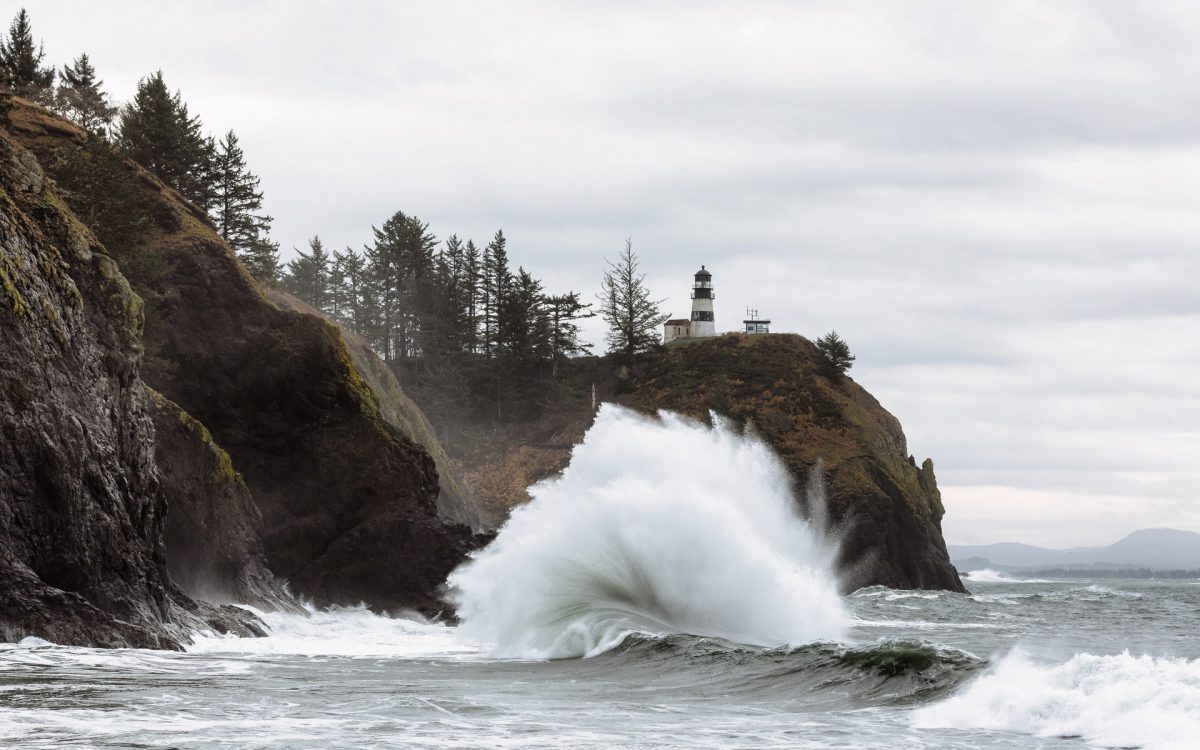
Photo by Dave Hoefler from Unsplash
In the iconic white lighthouse, you can see the Columbian river joining the Pacific Ocean and hear the waves crashing in the distant shore of Long Beach Peninsula. Contrary to its name, its serene and idyllic view will never disappoint.
The Cape of Disappointment is also a good place to learn about the Northwest history of America. Here you will see remnants of the then-military and maritime legacies and how Lewis and Clark’s Corps of Discovery Expedition affected the Native American tribes.
You can visit the park anytime from 6:30 AM to dusk in both summer and winter. Also, to experience the best camping in Washington State, we suggest renting the park’s quirky yurts for overnight camping. This exempts you from purchasing a Discover Pass online. But if you prefer bringing your RV or setting up your own tents in any of the 137 standard campsites, you will still need to purchase a Discover Pass either for a day (US$11.50), or you can get an Annual Pass (US$35).
9. Mount Saint Helens National Monument
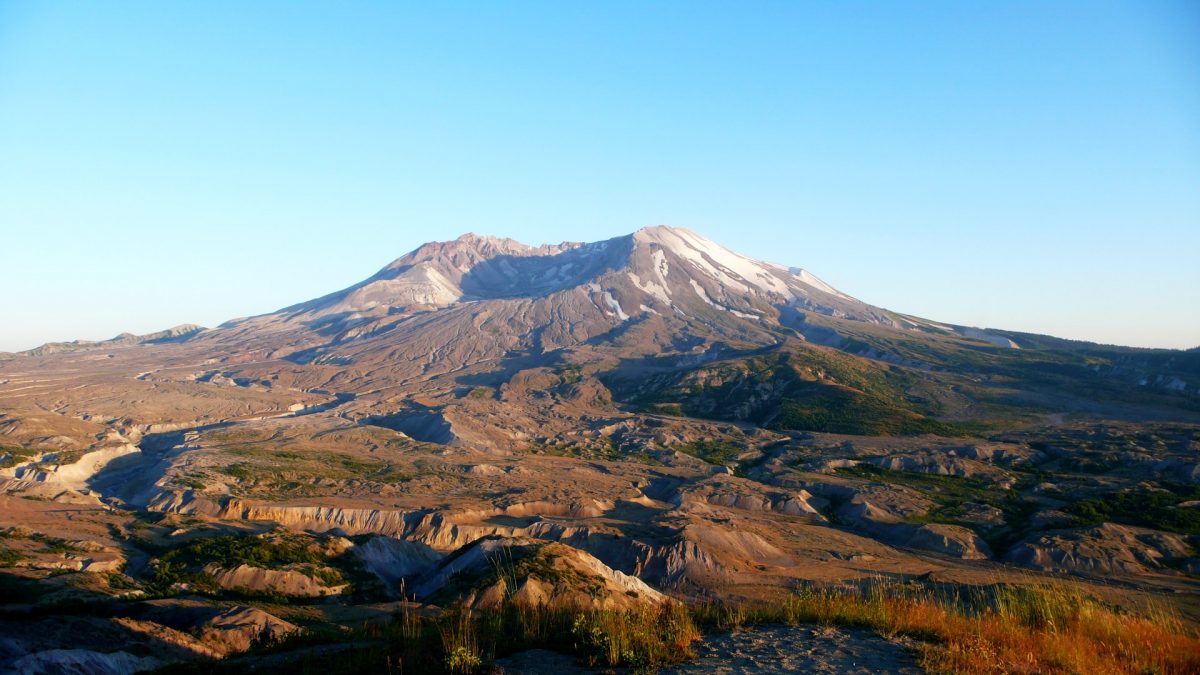
Photo by Adam Wood from Unsplash
Mount Saint Helens National Monument is an active volcano within another Washington state forest, Gifford Pinchot National Forest. It was opened to the public a few years after its cataclysmic eruption in 1980. Today, it is one of the most-visited state parks in Washington. The management aims to educate its visitors with the effects of volcanic eruptions not only on people but also with the landscape and ecosystem.
When you visit Mount Saint Helens National Monument, you can also partake in the seasonal activities that they offer, such as hiking, camping, and fishing, to name a few.
You can visit the Mount Saint Helens Visitor Center daily from 9 AM to 4 PM. But from May to September, they close at 5 PM. They also close during some holidays. You can check the complete schedule and fees at the Mount Saint Helens National Monument website.
10. Sun Lakes-Dry Falls State Park
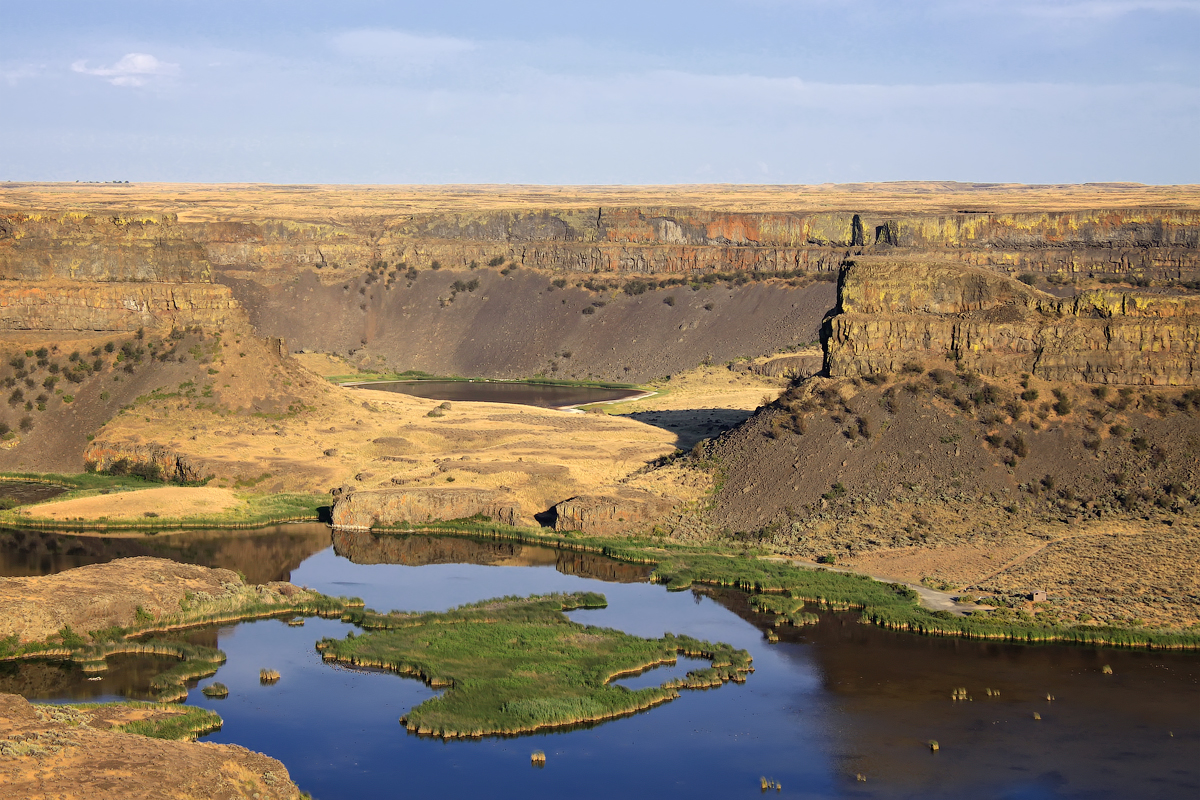
Photo by Dave Hoefler from Wikimedia Commons
Due to Ice Age floods, this used to be an enormous waterfall that is quadruple the size of Niagara Falls. Today, the Sun Lakes-Dry Falls no longer gushes out water from the canyons. But there are still a lot of visitors who come to this state park in Washington to see the expansive and massive canyons surrounding the dried river.
You can visit the Sun Lakes-Dry Falls State Park in Washington from 6:30 AM to dusk every summer and 8 AM to dusk every winter. Or you may opt to spend more time at the state park by camping in any of the 150 standard campsites with 41 full hookup sites. This will allow you to tick off a lot of the things to do in the state park, such as freshwater fishing, waterskiing, bird watching, and wildlife viewing, to name a few.
To Sum it Up
Washington State is abundant in glacier-blanketed national parks and impressive state parks. Its mesmerizing beauty will charm you in any season you visit. Although this pandemic is putting all our travel plans to a halt, open spaces are still our safe haven against the virus. So take a break from your exhausting work from home and drive to any national and state parks in Washington. Either you plan to simply people-watch or jog amid the parks’ natural wonders, one thing is for sure: your mental health will thank you for it.

